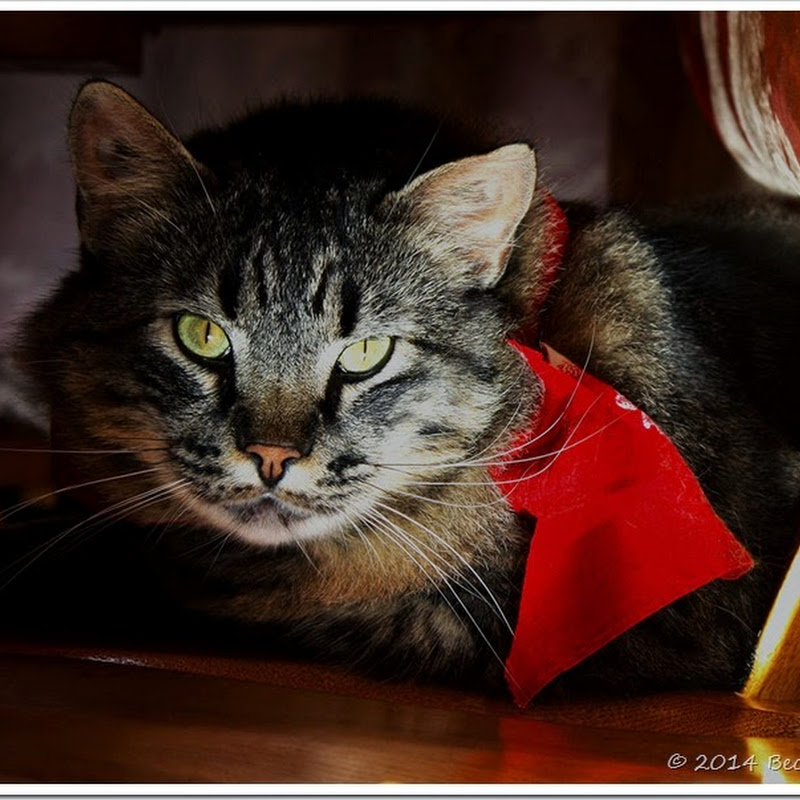I planted the cashew nut tree, scientifically named Anacardium Occidentale, 2 years ago outside the fence near the road. The cashew tree is a native of Brazil and was planted throughout the tropical regions of the world where it is an important economic crop for some countries. My cashew tree, how it has grown since, touching the roof of the pondok in my garden. In my thoughts, I wanted to savour the young shoots as ulam (local herb salad), since Im an avid eater of ulam introduced by my late Grandma since I was a kid.
.

Here is my cashew tree seedling 2 years ago. The tree can be seed grown, or propagated by bud grafting.
Just look at it now...so tall! And look at those young shoots with pinkish or light brown colour at the tips....I can actually smell the leaves...mmmmm so delicious with sambal belacan (dried prawn paste) or sambal tempoyak (fermented durian)! Or you can slice it thinly and add to asam laksa (rice noodles in spicy soup) replacing the mint leaves.

Growing tall and healthy fighting for space with a papaya tree and beetle leaf plant (pokok sireh) and morning glory on its left. The cashew tree can reach up to 30 feet in height.

the young fruit and nut (Wikipedia)
The tree should flower within 3 - 4 months with regular fertilising, the flowers are small, pinkish with a fragrance. But mine is already 2 years and no sign of a flower bud! The ripe fruit can be turned into wine, jellies or refreshing drinks.
ripe cashew fruits (Wikipedia)
The fruit formed by the cashew tree is very unusual because it looks like a small pear with the cashew nut hanging from the bottom of it. The fruit at maturity can be either bright red, orange-red or yellow in colour and is very aromatic. So this is a very aromatic tree, from the leaves, the flowers, and the fruits! I remembered eating the ripen fruit when I was a kid for the first time. That was ages ago, when I went to my uncle's house in Singapore when you dont need a passport to enter back then. The tree was in abundance along the Changi beach near my uncle's house. The ripe fruit is fragrance, has a peculiar taste, sweet, stick to the back of your tongue (dont know the English word for it), locally is kelat.

roasted cashew nuts (Wikipedia)
The edible nut, however, is the most highly prized part of the fruit, and is roasted and packaged to markets all over the world! But you cant eat the nut raw because the caustic oil in it (getah dia), will cause discomfort or irritation to some people. Its no wonder because the cashew tree is a relative of the poison ivy! Like me, when I was eating the fruit, the caustic oil came in contact with my outer lips and cheek, developed into a rash which turned septic or kudis. Why the nut is roasted? It is to render the caustic oil to be less caustic. Now the nuts are packed salted and has become a very popular snack. I prefer unsalted cashew nuts, to be added to dried chillies stir fried chicken, or added to nasi minyak or to some other equally delicious local dishes!

























.jpg)











































.jpg)
















11 comments:
Very nice cashew tree! I hope you get some fruits soon.
The fruits are cute. Maybe I should grow one too. Where did you get the seedling from?
I never saw a cashew tree before. I would not have guessed that either the leaves or fruits looked like that. Thanks for posting.
I have always enjoy looking at cashews tree while tavelling to any kampung. Looking at your cashew nut tree bring back many fond memories. Thank you for sharing.Your cashews and other plants look so lovely near your pondok.
Yeah, it is nice to have a cashew tree in the house compound. Now my mouth is watering with all the dishes and snacks you have mentioned ;-)
Wow, you have opened up my eyes.
I eat so much cashew nuts, but is my first time to come across the plant.
fer, hopefully I will to taste the fruit again!
One, you can get the seedlings from Sg Buloh.
gardenwalkgardentalk..thanks, welcome to my small garden.
Malay-Kadazan girl, thanks. It brought a lot of memories for me too..
Autumn Belle...hehe cashew nuts not only for snacks but a lot of local dishes make use of them in their recipes especially during Chinese New Year celebrations, right?
rainfield..Im surprised that you dont know abt the plant! But actually the plant is quite rare nowadays, you hardly see them around even in the kampungs...
I love to eat cashew nut but this is my first time to see the tree! The leaves can be used as ulam? I never know this too!
Very informative post!
Yes Malar, the tree is now seldom seen in town or even in kampungs. The young shoots are very tender and fragrance, can be taken raw as ulam or garnish your asam laksa replacing mint leaves.
Great looking tree and the way it fruits. I wish I had space and could grow one.
Cher
Goldenray Yorkies
so lovely plants.. i will use the cashew's shoot for my PhD research...this is the first time i came across this fruit...i'm just wondering what is the taste of this fruit? can we just eat it as it is?
Post a Comment